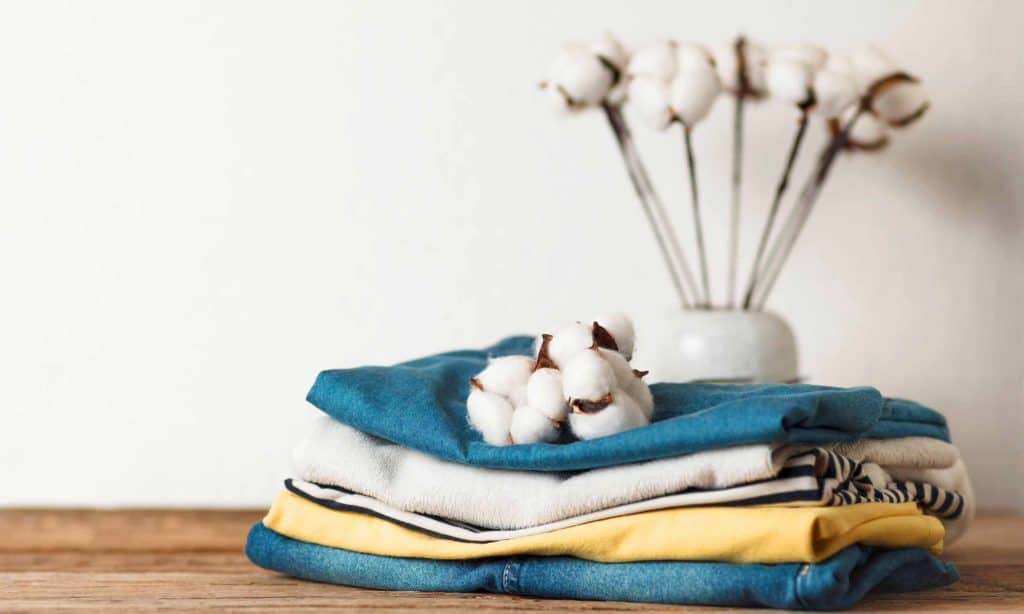Through discussion with my friends, I realize there are few misconceptions about sustainable fashion and its concept. In this blog, I want to address that there is more than just practicing sustainable fashion. It is more like a mindset change that we need to adapt to before applying sustainable lifestyle practices.
Practicing Sustainable Fashion is a mindset. It’s not only about the production of the piece or the brand you are purchasing from, but also how you use your purchase and the lifecycle extension you give it.
Some of the questions that came across were: But Sustainable fashion looks expensive, or every time I clean my wardrobe I donate my clothes to charities, is this part of me being sustainable? What if I buy items from fast fashion stores, but I do it once every 5/6 months?
Here I want to address a few common misconceptions about Sustainable fashion.
First, sustainable fashion is a complex subject; I believe it’s almost impossible to get things 100% right.
The basic downline is:
-Buy what you need when you need it.
-Take care of your clothes (wash them properly, fix the holes)
-When you decide to spend, invest in good quality over quantity.
Before donating to charity, ask around the neighborhood or friends, you may find someone who needs it. By that, you make sure that clothes don’t end up in landfills.
I’m not 100% perfect and I think it’s hard to find someone who does everything right. Before I dive into details, your job is to decide your values and beliefs and where and how you choose to use them.
All below is my way of understanding this concept and I would love to hear from you if you have any other thoughts on this.
Sustainable fashion Misconceptions
You need to spend a lot of money to buy from sustainable fashion brands. Yes, sustainable brands are more expensive than fast fashion. This is probably one of the biggest misconceptions out there. Buying only from Sustainable brands doesn’t mean you are practicing sustainable fashion. There are other factors included. How often do you buy, do you buy things you really need, what are you doing with your clothes that you no longer want to wear? If you are buying from Sustainable brands, yes, you support the work and the values from that brands, but if you are doing it very often and you end up with tons of clothes from those brands, you overloaded your wardrobe, and you are missing in the “waste management part.”
Also, buying from sustainable brands isn’t the only option. Before purchasing anything, consider looking for what you need secondhand in thrift stores & vintage stores.
1. What about fast fashion brands that are expensive like Gucci, Louis Vuitton, Prada?
Fast fashion production may not be sustainable, but as long as you buy what you really need, and when you need it, buying even from expensive fast brands can be sustainable. If you are doing it once in a while and you really wear that item, and you take care of it and repurpose it at the end of the lifecycle. It is a better option than buying 10x pieces from a sustainable brand and not really utilizing them completely.
I know this doesn’t address the labor issues of fast fashion, but it does address the other main problem—the general waste the industry produces.
If your clothing breaks, consider mending it, using it as cleaning rags or finding a clothing recycling program.
I know I mention earlier, by spending your money on any brand means you support their values and beliefs they are promoting. So, I guess you can’t really draw a line between what is right and what is wrong. No one Is perfect, but being aware of the problem and working towards improving Is the main goal that matters.
“We don’t need a handful of people doing sustainable fashion perfectly. We need millions of people doing it imperfectly.”
2. You don’t have to worry about sustainable fashion if you donate your clothes.
I find out that people often want to justify overconsumption, by donating the clothes that are no longer being wanted. The truth is that only 20% of clothes donated to thrift stores is actually sold—the rest is thrown away or sold to developing countries, where it puts local textile workers out of jobs.
Buying and donating is still consuming. That’s why it’s essential to really think about each of your purchases and whether you’ll use it in the long run.
3. If you are buying only from sustainable brands solves all the ethical & environmental issues related to fashion.
The first misconception that we cleared was that fast fashion couldn’t be made more sustainable. The reverse is also true: sustainable fashion can actually be unsustainable, depending on your habits. If you buy a ton of clothes you don’t actually need and won’t wear regularly, you’re still over-consuming, even if you buy from ethical brands. Those clothes are always the product of resources and labor that weren’t efficiently used.
Summary
I hope you learned and understand the concept of sustainable fashion a bit more. I want to say again that it’s impossible to be 100% sustainable, and that it’s okay to make slip-ups now and then. All that matters is that you are aware of the problem, and you are trying to do what you can when you can.








0 Comments